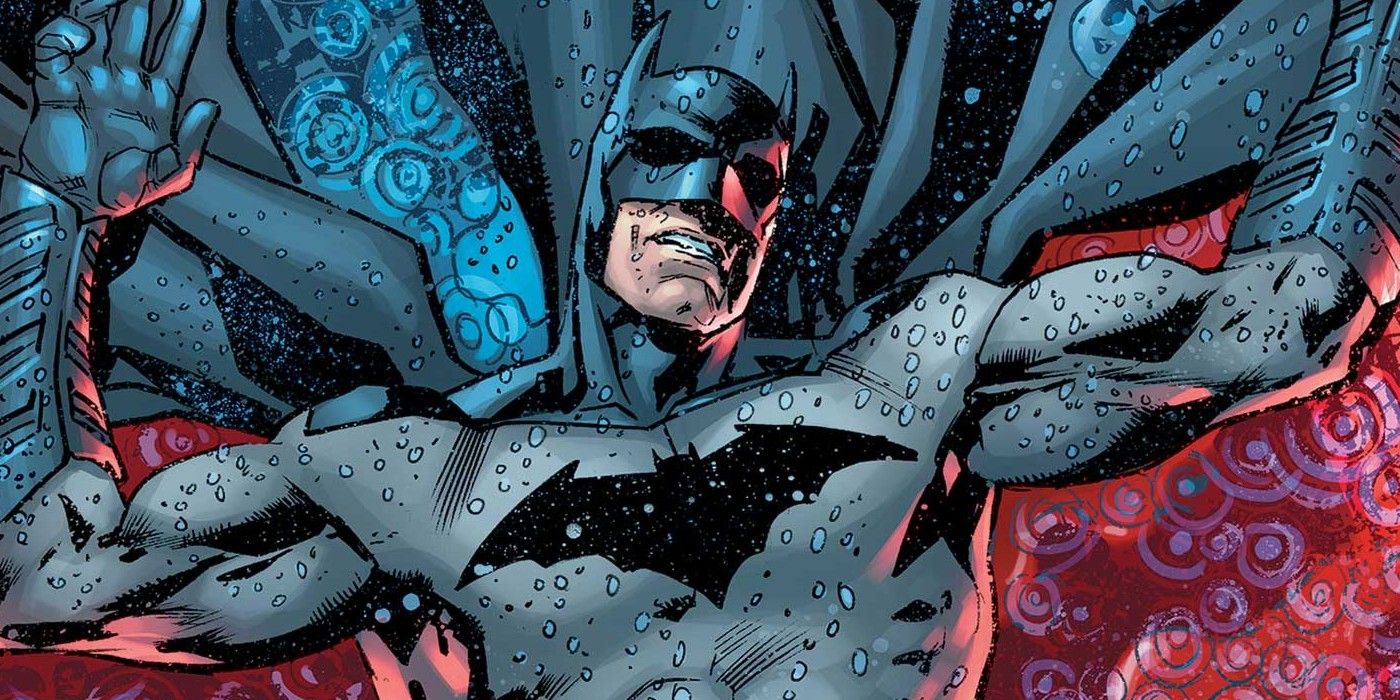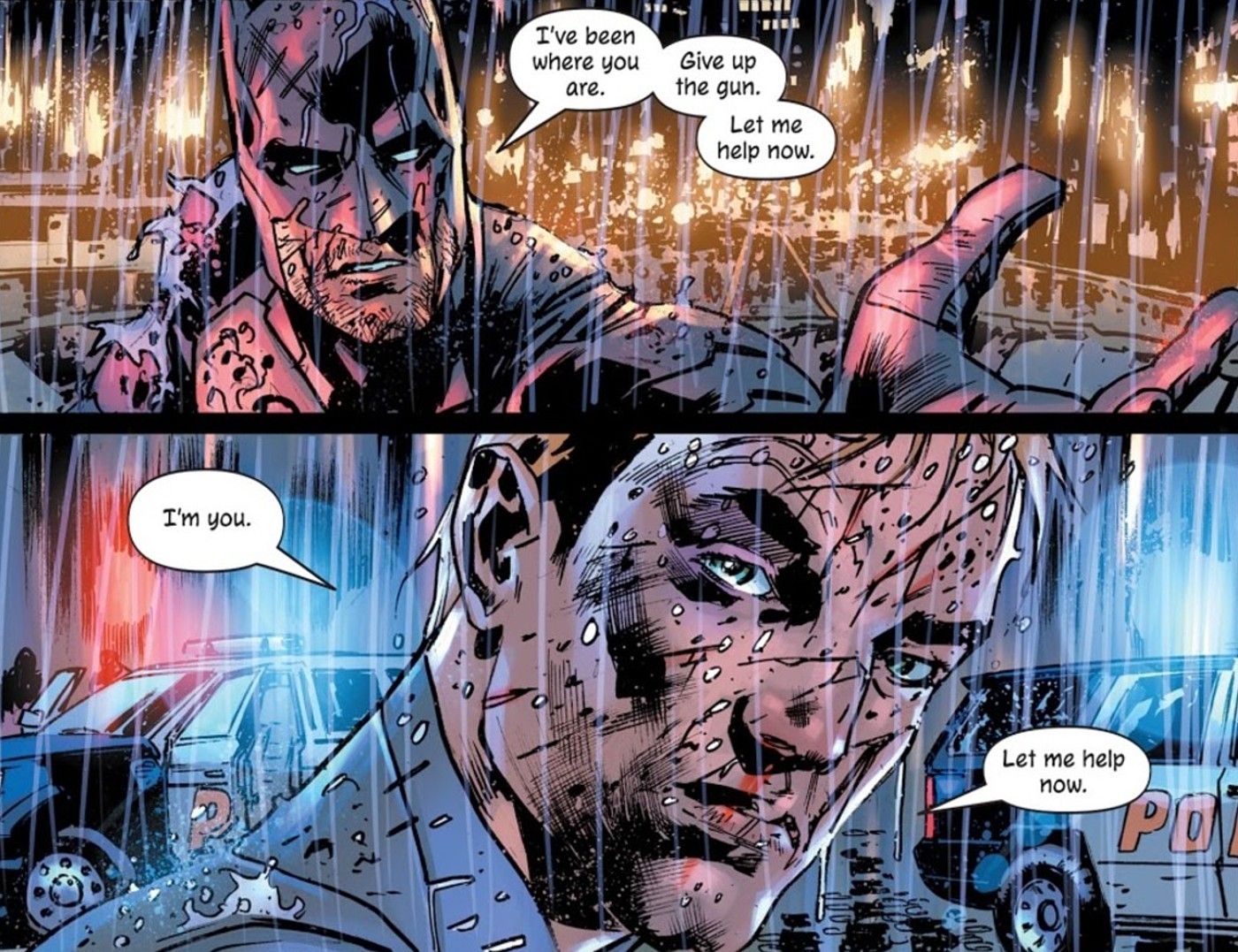Warning: contains spoilers to The Batman's Grave #12!
Ever since he witnessed the death of his parents Thomas and Martha Wayne, Bruce Wayne - aka Batman - has lived by his promise to rid Gotham of the evil that took their lives. Spending considerable amounts of time and money, Bruce trained his body and mind to be the ultimate weapon, returning to Gotham where he reinvented himself as the Batman, an urban legend that became the fearsome guardian of his hometown. Unlike some of his super-friends, Bruce is still human and thus susceptible to serious injury, sickness, old age and eventually death, an idea that has been constantly addressed but less occasionally accepted. In The Batman's Grave, readers not only confront this truth again but see Bruce Wayne finally acknowledge, and possibly succumb to, this inevitable conclusion.
In The Batman's Grave series written by Warren Ellis with art by Bryan Hitch, Batman's latest opponent is someone unlike his usual enemies the Joker, Scarecrow, Penguin and countless others. The villain called Scorn is basically the mirror opposite of Bruce Wayne. The son of a mob serial killer who watched his parents die during a confrontation with the police, Scorn blames the city's justice system and vows to take them all down, Batman included. With intelligence, resources, and an army of loyal followers, Bruce must push his mind and body to their limits to stop and outsmart Scorn's plans, learning that their mirrored missions can only end in one final outcome.
In the beginning of the series, Alfred ominously tends to the graves of Thomas and Martha Wayne, but also a grave set aside for his current master, Bruce. As Alfred routinely performs his duties, he mentally admits that he feels that he will see Bruce die before him, despite their considerable age gap. Alfred later brings up this idea of old age and how it contradicts Batman's mission, insinuating that Bruce cannot be Batman forever and the refusal to acknowledge this makes Bruce's death more likely on a daily basis. Scorn's followers and plans injure and push Bruce to near breaking point, exhausting his body and resources right up to their final battle. Although Batman defeats Scorn and he faces a squadron of armed police, Bruce still offers to help, but Scorn would rather have the last word. In front of Commissioner Gordon, GCPD officers and the Dark Knight, Scorn shoots himself in the head, choosing death over incarceration.
This idea that Bruce Wayne will die or grow too old to continue his destiny as Batman is a common theme within Batman stories. Whether it was Terry McGinnis inheriting the mantle in Batman Beyond, Scott Snyder's clones waking up and given the choice to be Batman or not, or Bruce's untimely death allowing for others to assume the title, his mortality is simply the price for being Batman. In Neil Gaiman and Andy Kubert's 'Whatever Happened to the Caped Crusader?', Batman's conversation with Death in this "final" story, which reviewed his history of dying, revealed that Bruce knows he will die and when he does, he'll accept it but until then, he'll keep fighting and never give up.
Scorn was his mirror opposite, choosing death instead of surrendering his mission. Severely injured and traumatized by this sight, Bruce's attempt to return to the Batcave and Alfred is derailed by a car crash that sees him make it back miraculously on foot. The series ends with Bruce passed out on top of his grave, which ominously implies that Bruce has either finally died or at least accepted his death is coming. Although the idea will continue to live on to inspire others, the body behind the symbol is still human and eventually death comes for us all, even the Batman.


